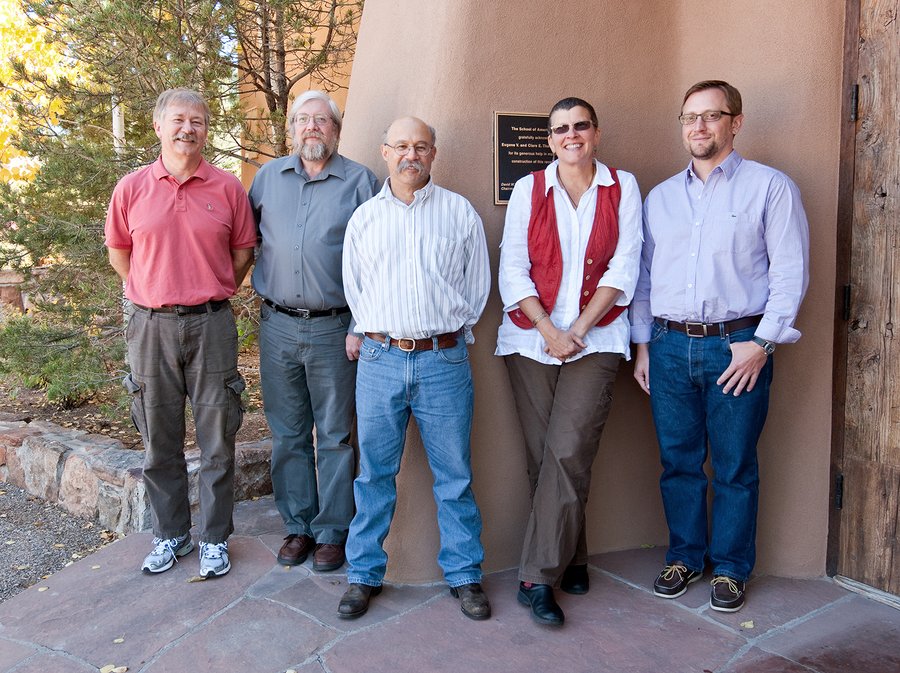
Historical Ecology in the Pre-Columbian Caribbean
Chaired by Peter Siegel
October 19–20, 2010
Historical Ecology in the Pre-Columbian Caribbean
This short seminar focused on examining the origins and dispersal of agriculture among prehistoric Caribbean societies, an understanding of which is important to clarifying the antiquity of food production and the conditions under which it evolved. “With funding from the National Science Foundation and National Geographic Society, we have been studying linked historical processes of colonization, human-induced habitat changes, effects of plant and animal introductions on native landscape, and socio-environmental landscapes as evolving systems in the eastern Caribbean from approximately 6000 B.C. to AD 1500,” said seminar chair Peter Siegel. “Within this context of migration, we are addressing the origins, evolution, and dispersal of agriculture in the region and how the transition to agriculture in the Caribbean is related to hemispheric-wide events, especially in South and Central America.”
Samples from Siegel’s excavations of Maisabel, Puerto Rico, and subsequent samples collected (by coring) from selected islands between Venezuela and Puerto Rico were the focus of the seminar, a geographic scope that is the setting for the earliest Archaic and ceramic-age occupations in the Caribbean. The team discussed data collected and analyzed to date from the islands of Trinidad, Grenada, Curacao, Barbados, Martinique, Marie-Galante (Guadeloupe), Antigua, Barbuda, and St. Croiz. Over two days of discussion, participants systematically addressed multiple lines of evidence, island by island. For each island, Siegel gave an overview of what is currently known about the prehistoric occupations. This was followed by a review of the island physical geography by Nick Dunning and Pat Farrell. For each coring location, participants then examined the results of the sediments, pollen, and phytolith (mineral matter in a living plant fossilized in rock) analyses conducted by the relevant team members. In doing so, participants identified a number of contexts from which additional radiocarbon dates would be helpful for interpreting results.
On all islands, human impacts on landscapes were identified at various times during prehistory and in several cases into colonial-era occupations. In addition, important methodological insights were gained as to taphonomic or fossilization processes associated with pollen and phytolith deposition and preservation in coastal swamp settings.
The seminar concluded with a discussion about disseminating the results through publications. “All participants agreed that the seminar was an invaluable experience that helped to clarify the way forward for completing the study,” said Siegel.
Peter Siegel, Chair
Associate Professor, Department of Anthropology, Montclair State University
Historical Ecology in the Pre-Columbian Caribbean
Neil A. Duncan
Research Assistant, Department of Anthropology, University of Missouri, Columbia
Phytolith Analysis of Core Sediments from the Historical Ecology in the Pre-Columbian Caribbean Project
Nicholas P. Dunning
Professor, Department of Geography, University of Cincinnati
Discussant
Mariepatrice Farrell
Associate Professor, Department of Geography, University of Minnesota, Duluth
Discussant
John G. Jones
Associate Professor, Department of Anthropology, Washington State University
Human-Environmental Interactions in the Pre-Columbian Caribbean: Pollen Evidence for Early Settlement and Agriculture
Generous funding provided by the National Science Foundation
